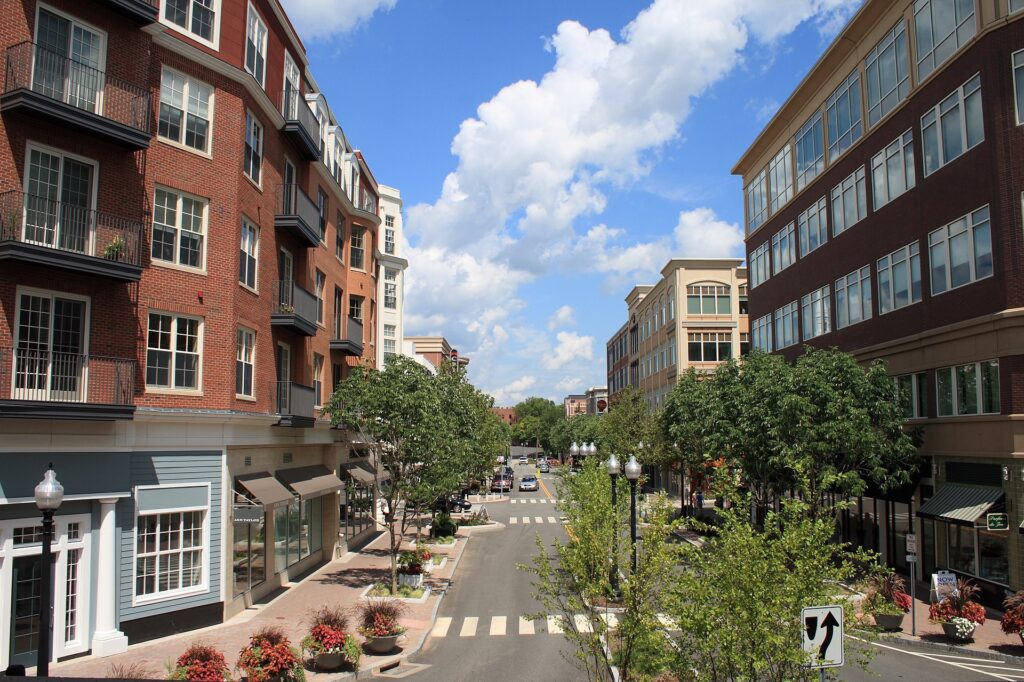
Moving to West Hartford, Connecticut: A Comprehensive Relocation Guide
Considering moving to West Hartford, Connecticut? Frequently ranked among the best places to live in the U.S., West Hartford blends historic neighborhoods, walkable shopping districts, and a vibrant cultural scene. This 2025 relocation guide provides key insights for newcomers.
Demographic Profile to Consider If Moving to West Hartford:
West Hartford’s 2025 population is about 64,000. Located just west of Hartford, the town offers an urban-suburban balance with top schools, lively downtown, and diverse housing options. Find trusted local services for moving, living, and working in West Hartford.West Hartford Relocation Directory
Cost of Living to Consider If Moving to West Hartford:
The 2025 median home price is approximately $530,000, and average rent is near $2,100. The area’s cost of living reflects its popularity, amenities, and strong education system.
Economy and Job Market:
The town benefits from proximity to Hartford’s corporate and insurance hubs. Local employers include the University of Saint Joseph, The Hartford, and several healthcare systems. Retail, dining, and professional services contribute to a strong small-business base.
Education:
West Hartford Public Schools consistently rank among Connecticut’s best, with Conard and Hall High Schools earning national recognition. The University of Hartford and Saint Joseph University are located in town.
Recreation and Lifestyle:
Residents enjoy Blue Back Square, West Hartford Center, and Elizabeth Park’s gardens and events. The town’s arts, dining, and cultural opportunities rival larger cities.
Healthcare and Services:
Hartford Hospital and Saint Francis Hospital are nearby, while West Hartford offers numerous primary care and specialty medical practices.
Transportation:
West Hartford connects via I-84 and local arteries to downtown Hartford. The CTtransit system provides local and express routes throughout the metro area.
Conclusion:
Moving to West Hartford, Connecticut, in 2025 offers vibrant community living, excellent education, and cultural sophistication in a walkable suburban setting.

